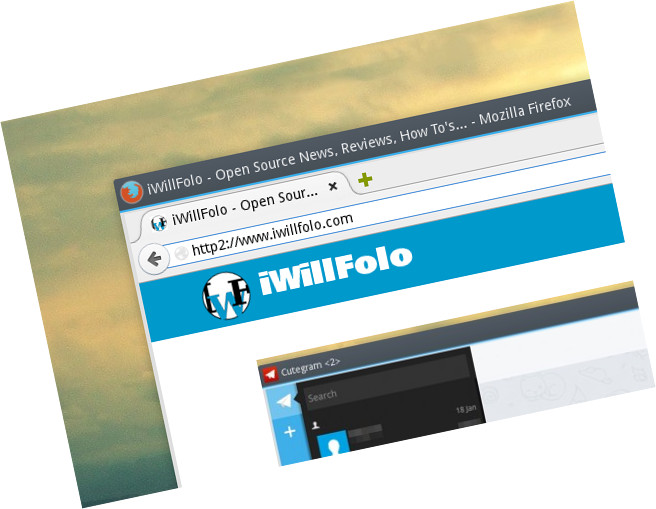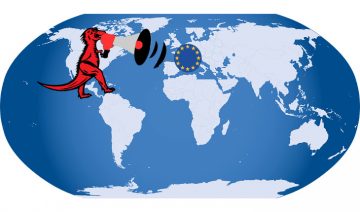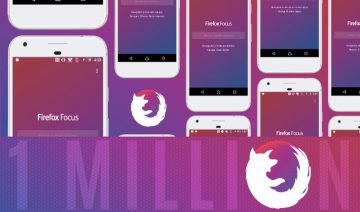Although its popularity and perhaps despite its world wide use, HTTP, the Internet protocol, is actually a very old protocol which is used by almost all websites on the Internet today.
It might surprise you to learn that the current commonly used HTTP protocol – version 1.1 – was in-fact released in January 1997, an era where Internet traffic wasn’t even close to the dimensions it holds today.
Over the years HTTP 1.1 has gained a number of updates and improvements meant to optimize its efficiency, however non had extended its features enough to fully support the needs of modern day usage.
Here Comes HTTP 2
Before HTTP 2 started being developed, another networking protocol, primarily developed by Google, was introduced to the world – SPDY (pronounced speedy).
SPDY has a number of advantages over HTTP 1.1 including reduced latency (which leads to faster page loading) among others.
However, since being optional and not a de-facto new standard, the SPDY protocol is only being used by a small number of websites.
Nevertheless, SPDY filled a great role in forming the spark which lighted HTTP 2.0 development and standardization.
Having much of the same features as SPDY, HTTP 2 brings better capabilities to the vast majority of Internet websites and is going to become the new standard.
Some of the most notable new features you may find in HTTP 2 are:
- Decreased latency to improve page loading speed
- Negotiation mechanism that allows clients and servers to opt for using other networking protocols
- Support for common existing use cases of HTTP
The HTTP 2.0 protocol was released a few days ago and is expected to slowly spread over the Internet in the following upcoming years.






